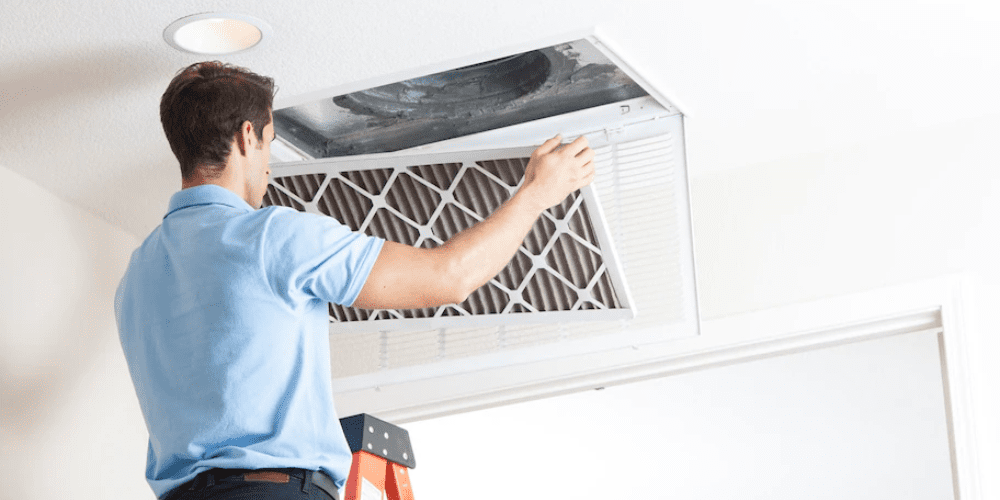**Introduction**
With the ever-increasing reliance on air conditioning systems to combat rising temperatures, the need for AC duct cleaning has become more significant than ever before. While many homeowners focus on maintaining their air conditioners, they often overlook the crucial aspect of keeping the ductwork clean. AC duct cleaning plays a vital role in ensuring clean and efficient indoor air, contributing to improved health and increased energy efficiency.
**Understanding AC Ducts and Their Function**
Before delving into the importance of AC duct cleaning, it is essential to understand the role of ductwork in the functioning ac service and duct cleaning of air conditioning systems. AC ducts are pathways that transport cool or warm air throughout a building, distributing conditioned air to each room. Over time, these ducts can accumulate dust, dirt, pollen, pet dander, mold spores, and other contaminants, compromising the air quality and system efficiency.
**The Impact of Poor Indoor Air Quality**
Indoor air quality (IAQ) has a direct impact on the health and well-being of occupants. Contaminated air from dirty AC ducts can lead to a range of health issues, including respiratory problems, allergies, and exacerbation of existing conditions like asthma. Additionally, prolonged exposure to poor IAQ can cause fatigue, headaches, and reduced cognitive function. Regular AC duct cleaning helps mitigate these risks by removing harmful particles and allergens, fostering a healthier living environment.
**Boosting Energy Efficiency and Lowering Costs**
Dirty AC ducts can hinder the efficiency of air conditioning systems. When dust and debris accumulate in the ductwork, it restricts the airflow, forcing the system to work harder to maintain the desired indoor temperature. As a result, the energy consumption increases, leading to higher utility bills. By investing in AC duct cleaning, homeowners can significantly improve energy efficiency, reduce their carbon footprint, and ultimately cut down on energy costs.
**Preventing Mold Growth and Moisture Issues**
Damp and dirty ducts provide an ideal environment for mold growth. When moisture is present, either due to condensation or water leakage, it can encourage the development of mold spores within the ductwork. As the HVAC system circulates air, these spores can be distributed throughout the living space, posing health risks to occupants. Regular AC duct cleaning not only removes existing mold but also helps prevent its recurrence, ensuring a healthier and safer indoor environment.
**Extending the Lifespan of HVAC Systems**
Air conditioning systems are substantial investments, and homeowners naturally want them to last as long as possible. Neglecting AC duct cleaning can lead to various issues within the system, such as clogged filters, damaged coils, and increased wear and tear on components. Over time, this can result in costly repairs and premature system failure. By keeping the ductwork clean, homeowners can extend the lifespan of their HVAC systems and protect their investment.
**The Professional AC Duct Cleaning Process**
AC duct cleaning is a specialized task best left to trained professionals. They employ advanced equipment such as high-powered vacuums, brushes, and blowers to dislodge and remove contaminants from the ductwork. The process typically includes cleaning of registers, grilles, and air handling unit components. It is advisable to schedule AC duct cleaning every 3 to 5 years, although it may vary based on individual circumstances.
**Conclusion**
AC duct cleaning is a crucial aspect of maintaining a healthy and comfortable indoor environment. It improves indoor air quality, enhances energy efficiency, prevents mold growth, and extends the lifespan of HVAC systems. Homeowners should prioritize regular AC duct cleaning to ensure that their air conditioning systems function optimally, delivering clean and refreshing air to every corner of their homes. By doing so, they can enjoy the benefits of clean indoor air while also contributing to environmental sustainability and cost savings in the long run.
